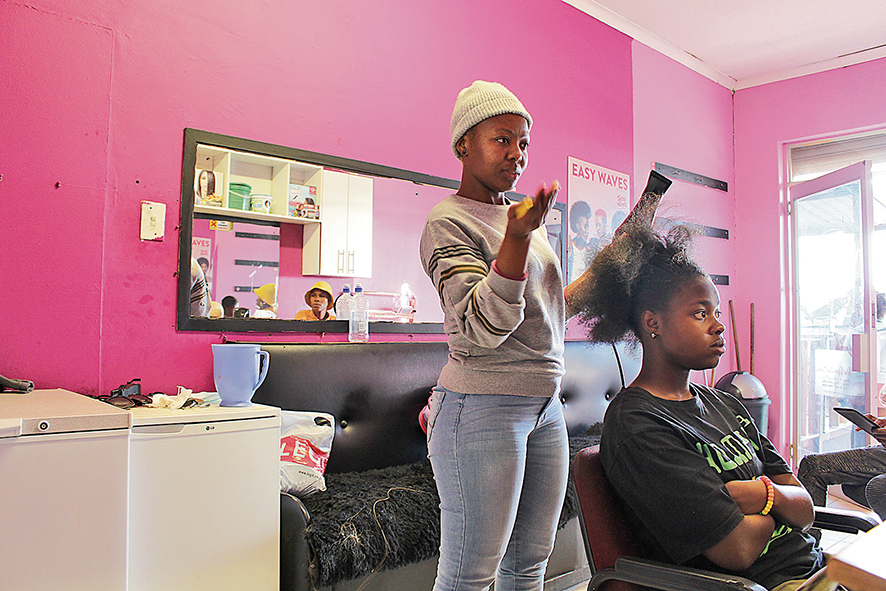Advanced Techniques in Porcelain Inlays Placement: Enhancing Precision and Aesthetics
The art of porcelain inlay placement by the dental practice in Buffalo Grove has undergone a transformative evolution, driven by cutting-edge technologies and innovative techniques. As dentistry continues to push the boundaries of precision, aesthetics, and durability, advanced methods have emerged to optimize the placement of porcelain inlays. From digital dentistry and intraoral scanning to laser-assisted placement and advanced bonding techniques, these innovative approaches have revolutionized the field, enabling dentists to deliver exceptional patient outcomes. By harnessing the power of CAD/CAM technology, ceramic materials science, and expert layering techniques, dental professionals can now create porcelain inlays that restore tooth function and mimic the natural beauty of surrounding dentition.
This article explores the latest advancements in porcelain inlay placement, highlighting these exciting technologies’ benefits, applications, and clinical considerations.
Understanding porcelain inlays
Porcelain inlays are custom-crafted, indirect dental restorations used to repair damaged or decayed teeth. These precision-made ceramic inserts are fabricated outside the mouth, using advanced dental technology, and then bonded into place within the tooth structure. Porcelain inlays are typically utilized to treat teeth with extensive decay, cracks, or fractures, and are ideal for restoring molars and premolars. Porcelain inlays are distinct from fillings, as they are fabricated separately and bonded into place, whereas fillings are molded directly into the tooth. Inlays are also differentiated from crowns, as they only cover the damaged portion of the tooth, preserving healthy tooth structure.
Advances in techniques for porcelain inlay placement
Porcelain inlay placement has revolutionized over recent times in the following aspects:
Digital Dentistry: CAD/CAM Technology
Computer-aided design/computer-aided manufacturing (CAD/CAM) technology has transformed porcelain inlay fabrication. This digital workflow enables dentists to:
- Scan teeth and surrounding tissues with precision
- Design inlays with advanced software
- Mill porcelain restorations with accuracy
CAD/CAM systems, such as CEREC or Planmeca, streamline the process, reducing chair time and improving fit.
Intraoral Scanning and Impression Taking
Advanced intraoral scanning techniques have replaced traditional impression methods. These handheld scanners:
- Capture detailed tooth anatomy
- Enhance accuracy and precision
- Reduce distortion and errors
Intraoral scanning facilitates efficient communication between dentists and laboratories, ensuring precise inlay fabrication.
Bonding Techniques: Enhanced Adhesion
Advanced bonding techniques ensure a strong, durable bond between porcelain and tooth structure. These methods include:
- Total-Etch technique
- Self-Etch technique
- Nano-bonding agents
These techniques optimize adhesion, minimizing the risk of inlay failure.
Laser-Assisted Placement
Laser technology has improved porcelain inlay placement accuracy. Laser systems:
- Enhance visibility and precision
- Reduce heat and vibration
- Improve marginal fit
Laser-assisted placement ensures optimal inlay positioning and bonding.
Ceramic Materials and Layering
Advances in ceramic materials and layering techniques have enhanced porcelain inlay aesthetics. These developments include:
- High-strength ceramics (e.g., lithium disilicate)
- Gradient layering for natural color transition
- Advanced glazing techniques
These materials and techniques create lifelike restorations, indistinguishable from natural teeth.
Clinical Considerations and Case Studies
Successful porcelain inlay placement requires careful planning and execution. Considerations include:
- Tooth preparation and design
- Material selection and bonding
- Occlusal adjustment and polishing
Case studies demonstrate the effectiveness of advanced techniques in porcelain inlay placement:
- A 35-year-old patient with extensive tooth decay received a porcelain inlay using CAD/CAM technology and laser-assisted placement.
- A 50-year-old patient with worn dentition underwent porcelain inlay restoration using gradient layering and advanced bonding techniques.
Takeaway
As research continues to drive innovation, the future of porcelain inlay placement promises even greater advancements, empowering dentists to deliver restorations that not only restore tooth function but also exceed patient expectations. Ultimately, the synergy of technology, materials science, and clinical expertise has redefined the standards of porcelain inlay placement, cementing its position as a cornerstone of modern restorative dentistry.




